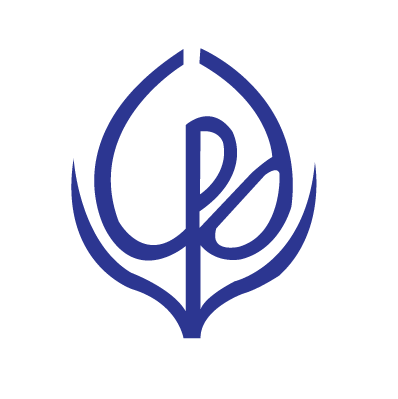 This policy brief investigates how climate change and air pollution deepen poverty in the selected 32 climate vulnerable countries. The objective is to analyse the long-run relationship between environmental stressors and household welfare, and to recommend policy intervention that can break this climate–poverty trap.
This policy brief investigates how climate change and air pollution deepen poverty in the selected 32 climate vulnerable countries. The objective is to analyse the long-run relationship between environmental stressors and household welfare, and to recommend policy intervention that can break this climate–poverty trap.
Using panel data for 1996–2020, the study models household final consumption expenditure per capita as a function of PM2.5 exposure, heat index 35 (HI35), total GHG emissions, GDP per capita and unemployment. The study further employs cross-sectional dependence test, second generation panel unit root test, cointegration test, and Panel Dynamic Ordinary Least Square (PDOLS) method for estimating long-run cointegrating factors.
The study finds that selected 32 climate vulnerable countries collectively account for less than 7 per cent of global GHG emissions yet suffer disproportionately from the impact of climate change. Besides, the study also highlights that environmental stressors such as PM2.5 and high temperature have a negative impact on household consumption expenditure, thus exacerbating the poverty in climate vulnerable countries.
The policy brief also proposes a set of recommendations which include implementing comprehensive urban heat resilience plan; controlling air pollution strictly by transitioning into clean energy and green transportation; integrating social protection with climate adaptation; scaling climate-smart agriculture and green jobs; enhancing access to finance of climate-vulnerable households; investing in locally led adaptation; and strengthening regional cooperation targeting the poorest and most climate-exposed households.
Authors: Fahmida Khatun, Foqoruddin Al Kabir and Farha Tasneem
Publication Period: November 2025



